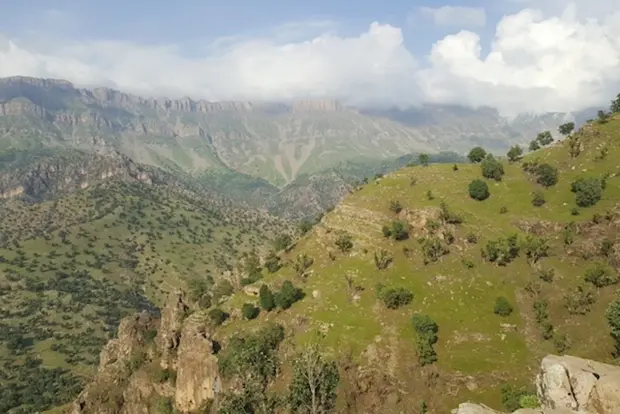Petrography and geochemistry of the Middle–Upper Jurassic Banik section, northernmost Iraq – Implications for palaeoredox, evaporitic and diagenetic conditions

AGYA
Published: 2020
Neues Jahrbuch für Geologie und Paläontologie, Band 297 Heft 2
Abstract
Lithological, petrographic, and geochemical analysis of the Middle to Upper Jurassic succession (i.e. Sargelu and Naokelekan formations) from northernmost Iraq were undertaken with the aim of providing an updated discussion for their sedimentary and diagenetic histories, as well as examining the evaporation proxies and palaeoredox conditions under which these two formations were deposited. Lithologically, the Sargelu Formation comprises massive dolomites, interbedded with shales, rare cherts and one single limestone bed, whilst the Naokelekan Formation consists of shales overlain by limestones and one single dolomite bed. Petrographic analysis of both formations revealed the presence of rare ostracods, bioclastic fragments as well as calcispheres. Five main microfacies were recognized, including bioclastic wackestone, mudstone, dolorudite, dolarenite and dolomicrite microfacies. The shales comprise clay minerals assemblages (illite/muscovite and kaolinite) with some quartz, alkali feldspar and rare pyrite. The Sargelu Formation was probably deposited in a shallow-marine environment. In contrast, the Naokelekan Formation is hypothesized to be deposited in a restricted shallow-lagoon environment. Palaeoredox indicators suggest that both formations were accumulated under anoxic conditions, most probably in silled basins where water circulation was restricted. Tectonic activity thus resulted in basin compartmentalization across the region, which also explains the marked differences which are often observed.
- Nagham Omar
- Tom McCann
- Ali I. Al-Juboury
- Sven Oliver Franz